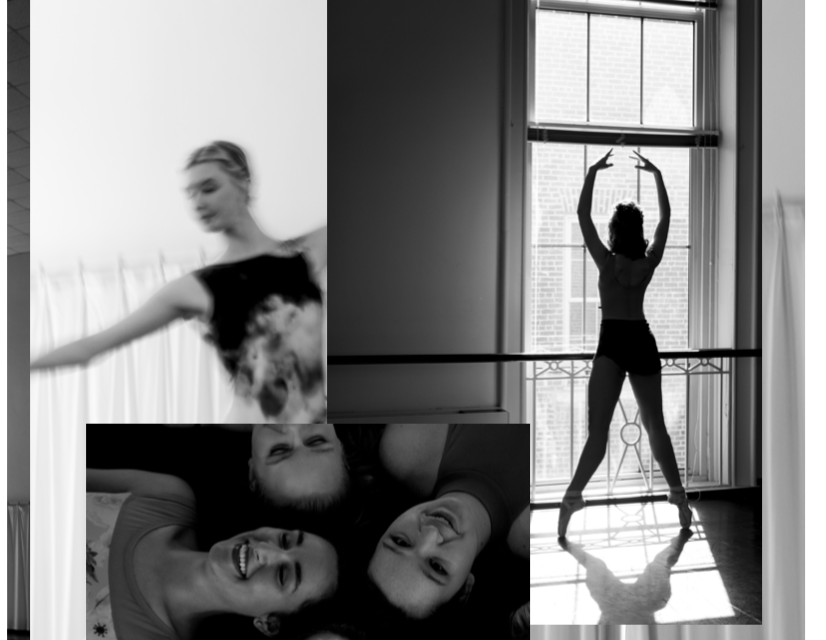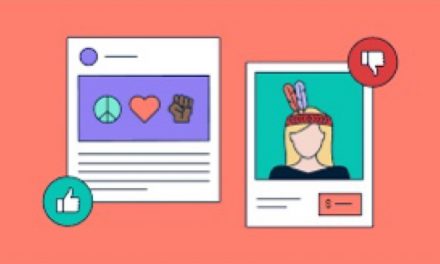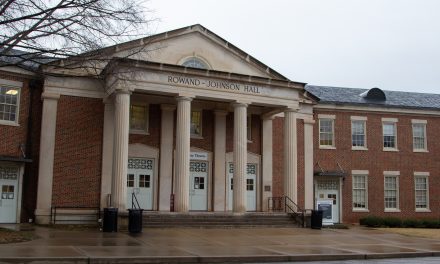STORY BY: SARAH WHELDEN HALL
From sculpting ceramic mugs to performing in an orchestral ensemble, the influence and countless expressions of art through a variety of creative mediums acts as a sort of console and translates to each of us differently. The University of Alabama offers degrees in both the fine and performing arts, with most curriculums based around the concept of community in the classroom. This is especially true in the departments of music, theatre and dance due to their collaborative nature and performances. COVID-19 has drastically impacted methods of academic instruction all over the world, and the University is no exception. Though there have been successful changes in the switch to virtual learning, students in the arts are grappling with how participation works in a department that is so centered around in-person interactions. The main struggles boil down into two categories: technological and personal.
As a member of the choral ensemble University Singers and the student-run acapella group Tune-In, Antonio Petrucci, a pre-med sophomore studying chemical engineering, divulged the challenges he has faced over the past two semesters. Petrucci found that one of the most difficult adjustments he has had to make as a student in the arts is being deprived of the in-person elements typically relied upon by both ensembles. Instead of holding three 75-minute long in person rehearsals a week, University Singers now use Zoom meetings just as frequently. These meetings are intended for “checking in” and tweaking the techniques of students more so than practicing live music. Instead of working collaboratively throughout the semester on selected pieces, the ensemble is given their pieces at the beginning of the semester and have a set amount of time to learn them. In order to ensure students stay on track, there are “periodic part-checks and recordings” of assigned pieces. Because this isolated way of learning gives students less opportunities to rely on and bounce ideas off of one another, “there’s more of an individual responsibility,” Petrucci said, “in terms of accountability.” The switch to remote instruction has diminished the otherwise strong feelings of unity generated through collaboration in an ensemble. Participating in any branch of the arts is a “very personal craft” and translates into an “extension of your personality,” Petrucci said. Beyond inflicting extra academic responsibility, online learning is also extremely lonely for students who no longer have a traditional outlet for their musical creativity.
Looking back on the past couple of semesters, Petrucci sees one benefit of virtual learning as giving each individual more time to analyze and improve their own musical craft, which he claims has “made [them] better musicians.” Moving forward, Petrucci said the ensembles are working more closely than ever with directors to find new ways of sharing their hard work with a larger community. Currently, members of University Singers are “mixing and mastering recordings” in order to create a virtual concert that is able to be viewed and enjoyed by a wider audience.
The exploration of new avenues for displaying musical material extends to other students as well. Audrey Colabrese, a sophomore studying music education, has navigated these changes while becoming acclimated to not only remote instruction but to the University itself. After spending her freshman year and this past spring semester at a different university, Colabrese transferred to The University of Alabama to continue her pursuit of becoming a choral director. In the spring, all of her classes switched to online, which made it more difficult to maintain daily motivation. Although she now has music theory classes in person three times a week, Colabrese explained that her Zoom classes are formatted in a way that further isolates classmates from each other. The students must all turn their “mute” setting on while singing so that the only audible sounds are the conductor’s voice and the pianist’s keys. This of course serves as a practicality for diminishing the interruption of background noise during rehearsal, but it is lonely all the same.
The most difficult part of class being reduced to “singing to nothing” as Colabrese puts it, is that the format seems to extract a lot of the natural passion associated with being a musician. The act of reserving a practice room for piano has also been altered for music students, requiring the use of a website called Skedda. Colabrese admits that it is a bit more inconvenient than being able to freely walk into the Moody Music Building to claim a room, and limits the flexibility of her schedule. However, she was able to attend her first in person class since March this fall and although everyone was socially distanced and wearing masks, Colabrese referred to it as the “most beautiful rehearsal” because the lack of personal connection within her curriculum was restored.
Musical rehearsals are not the only kind of rehearsals that have undergone major changes this past spring and fall. Makennah Allen, a junior and third-year Crimsonette studying elementary education, shared her experience of transitioning from a rigorous in person schedule to a more sparse one amidst the pandemic. During previous football seasons, Allen said that in person practices were normally held seven days a week from 3-5:30 pm with an additional two hour practice the morning of each gameday performance. Now, the Crimsonettes practice three days a week with each member being selected to perform for only one football game. The concept of socially distancing was not as big of a change in their practicing method, Allen said, because they are typically spread out to accommodate for the space required to twirl batons. The requirement of masks for both practices and games on the other hand, has posed a bigger challenge and demands that each Crimsonette condition her body to learn how to breathe while physically exerting herself for extended periods of time. Not only have physical struggles been more prominent, but there have been more mental roadblocks as well. Allen said that although working towards the team’s six smaller-scale performances is exciting, it is difficult to keep morale high without the anticipation of weekly games and the energy supplied by an enormous live audience.
Whether our expression of art is on the stage or on the field, students are constantly finding new ways to adapt and make the best of the circumstances. Encouraging each other to pursue what we love and stay motivated is even more important now than ever. All we can do is put ourselves out there and face new challenges head on with a smile on our faces. As Petrucci pointed out, we must all try to “operate under the knowledge that this is temporary and not normal,” and hold on to that sentiment in order to come out on the other side together during such uncertain times.






